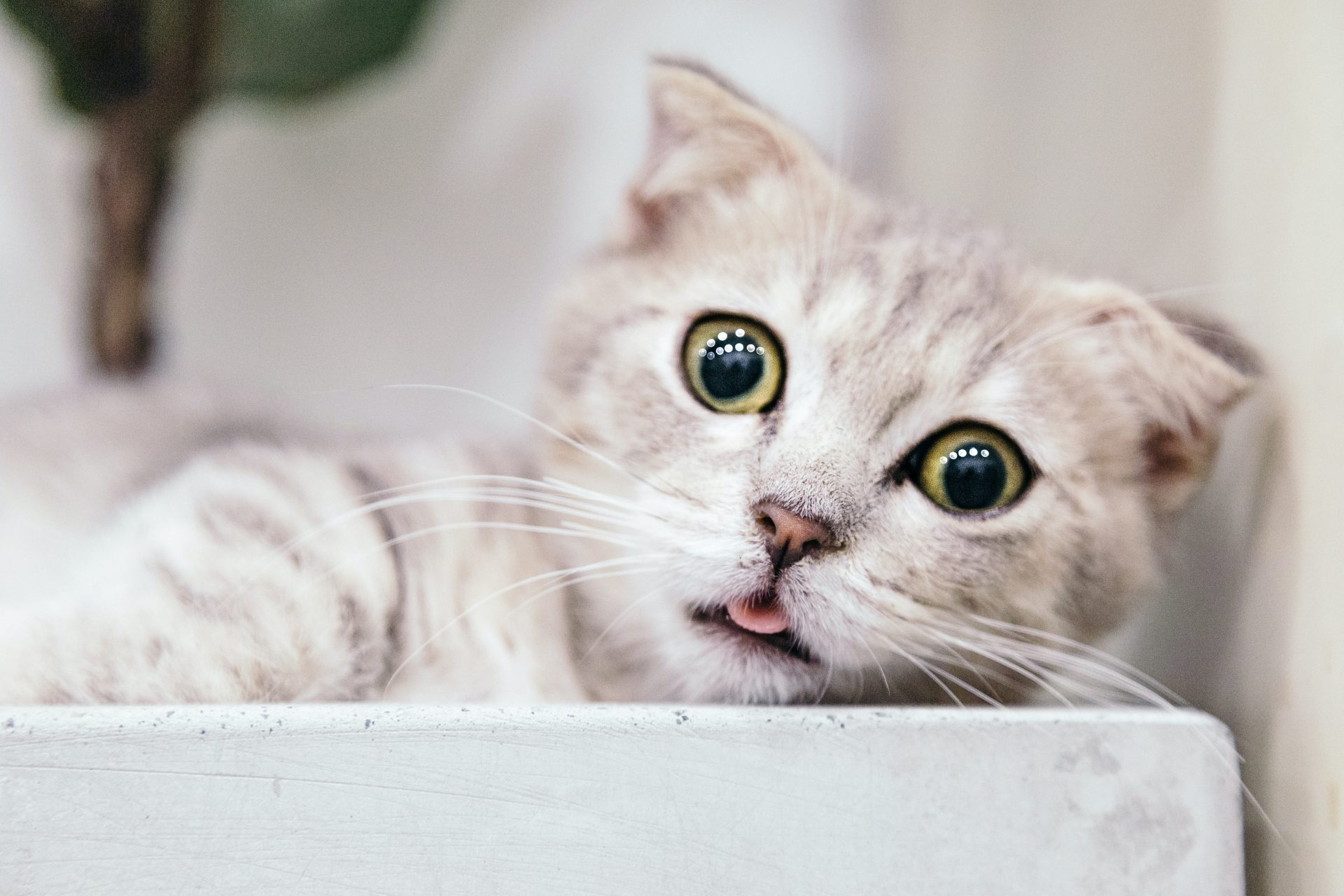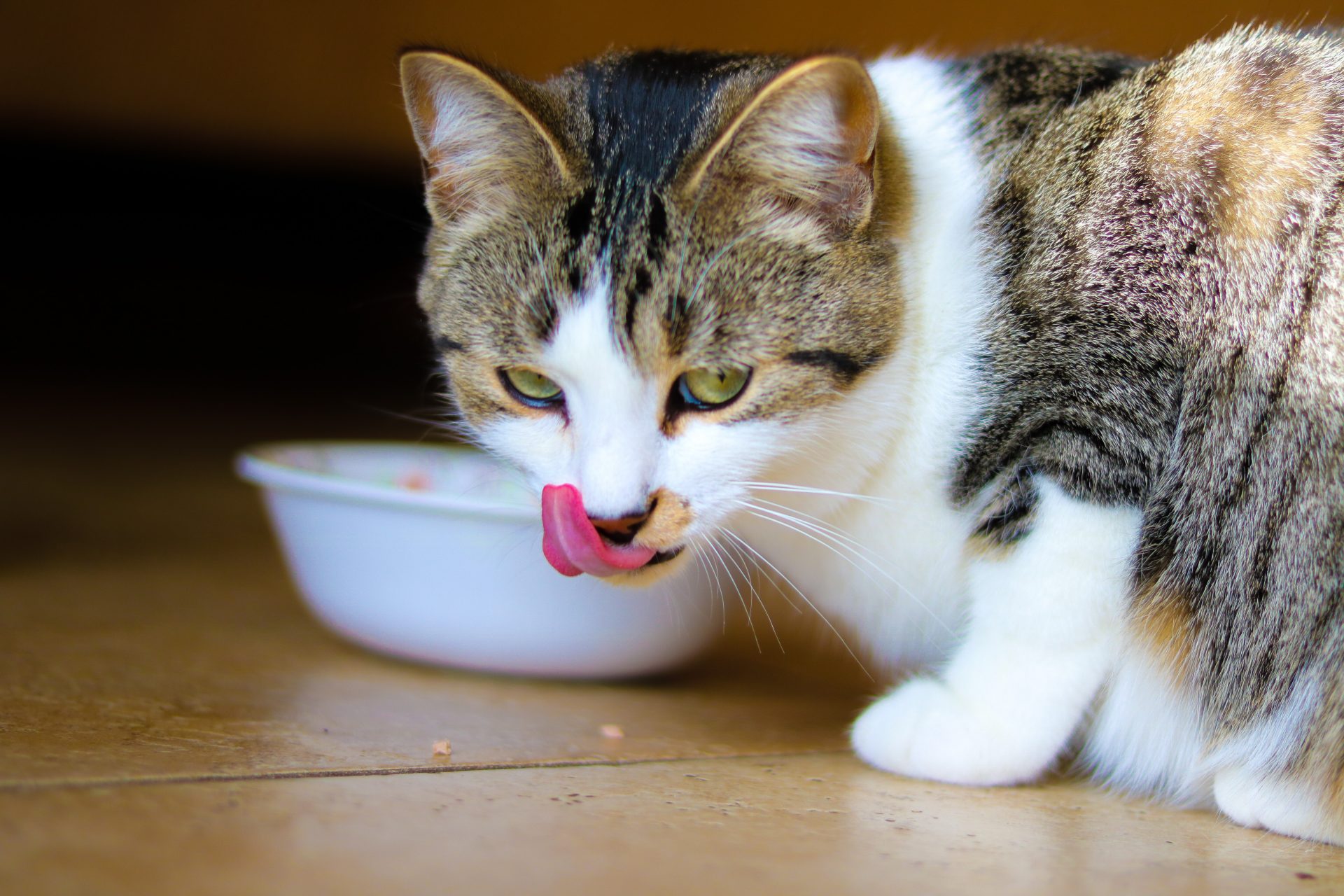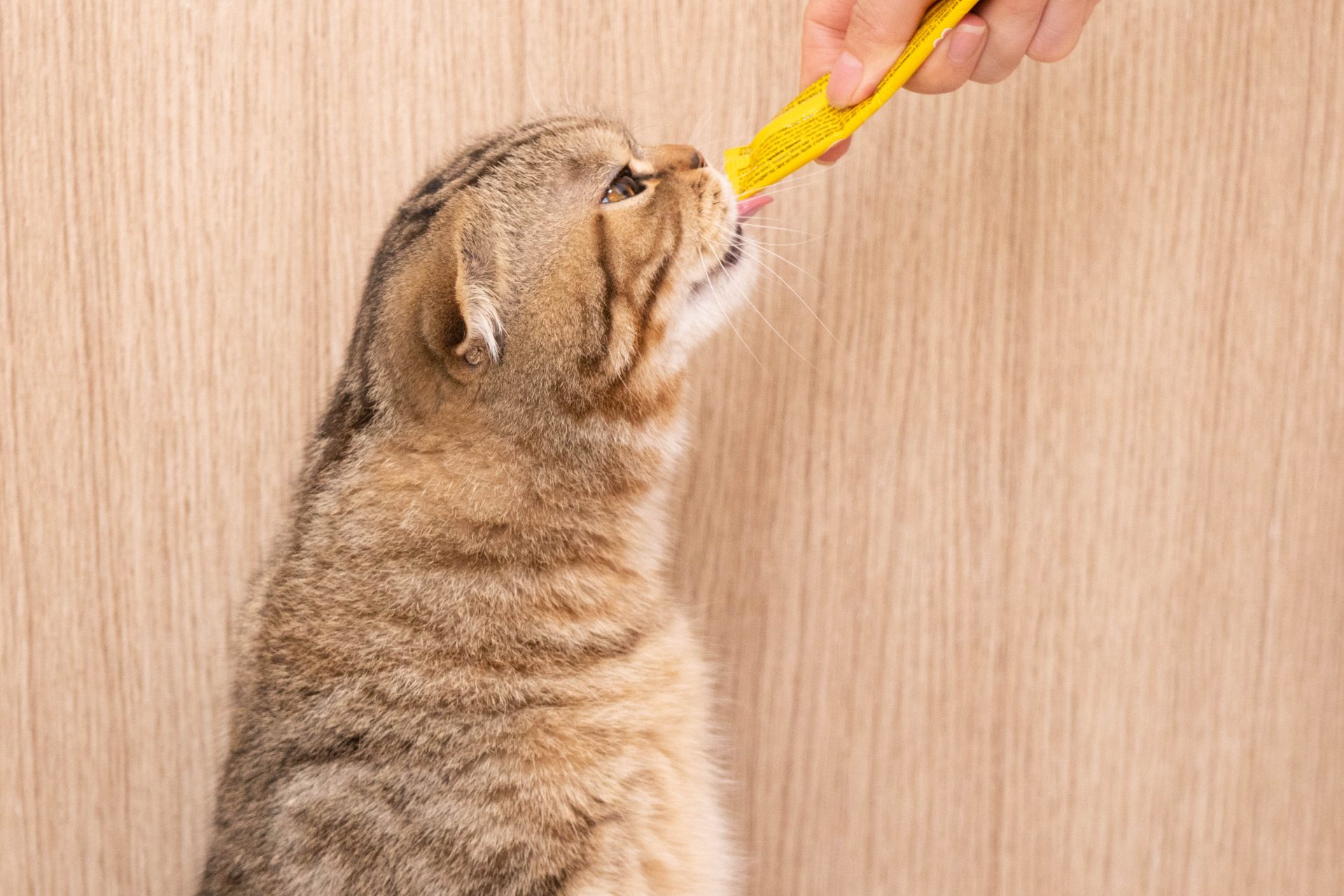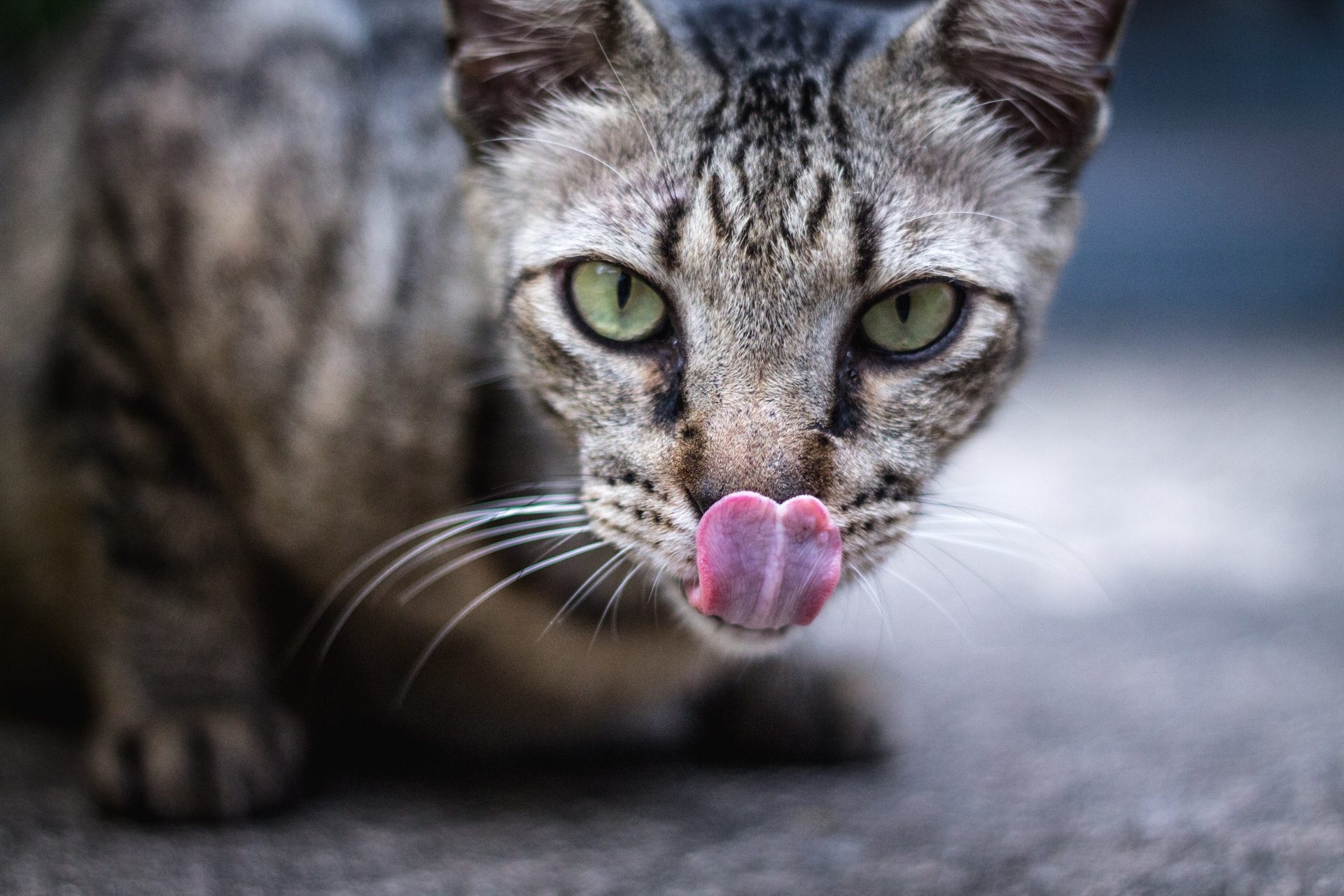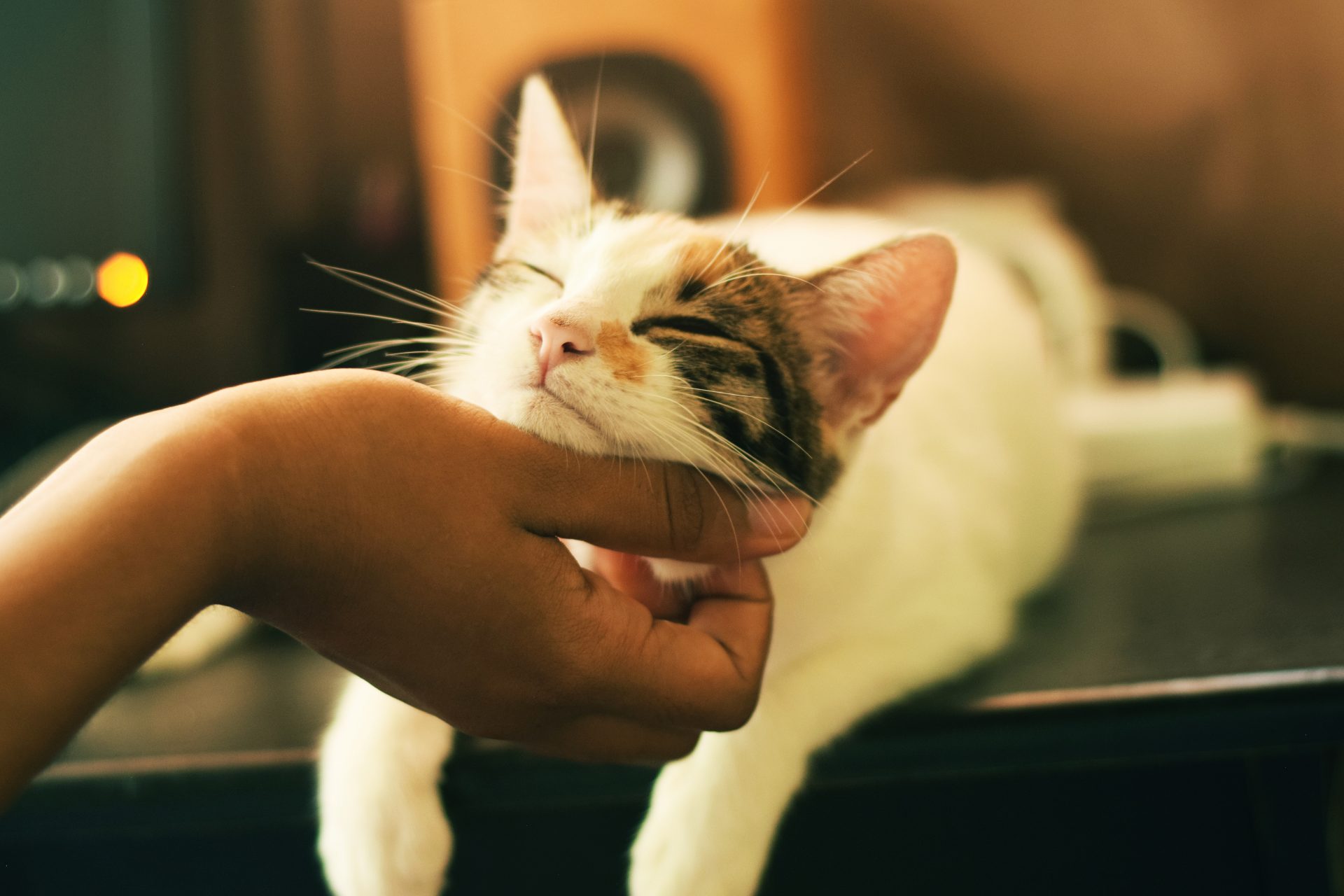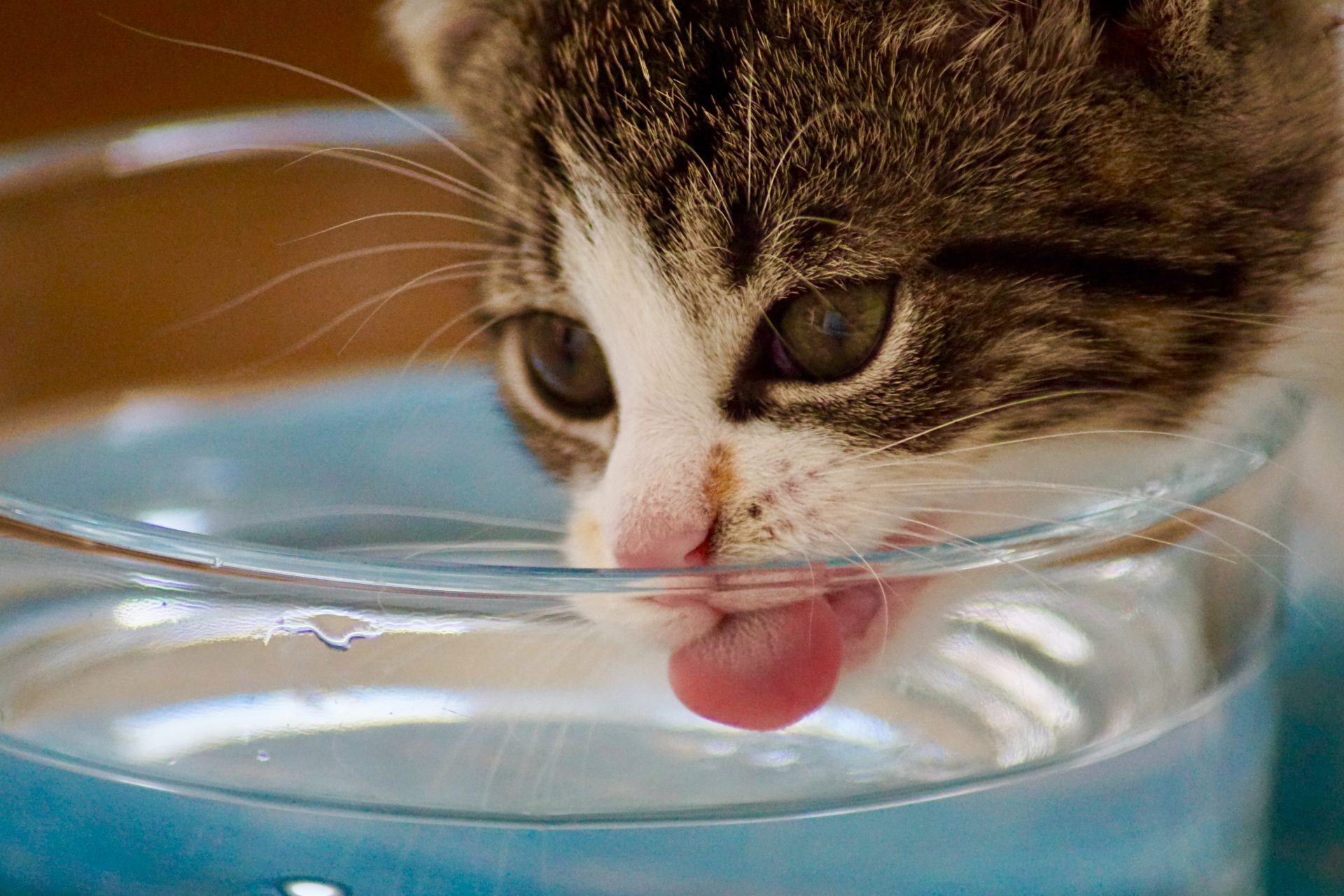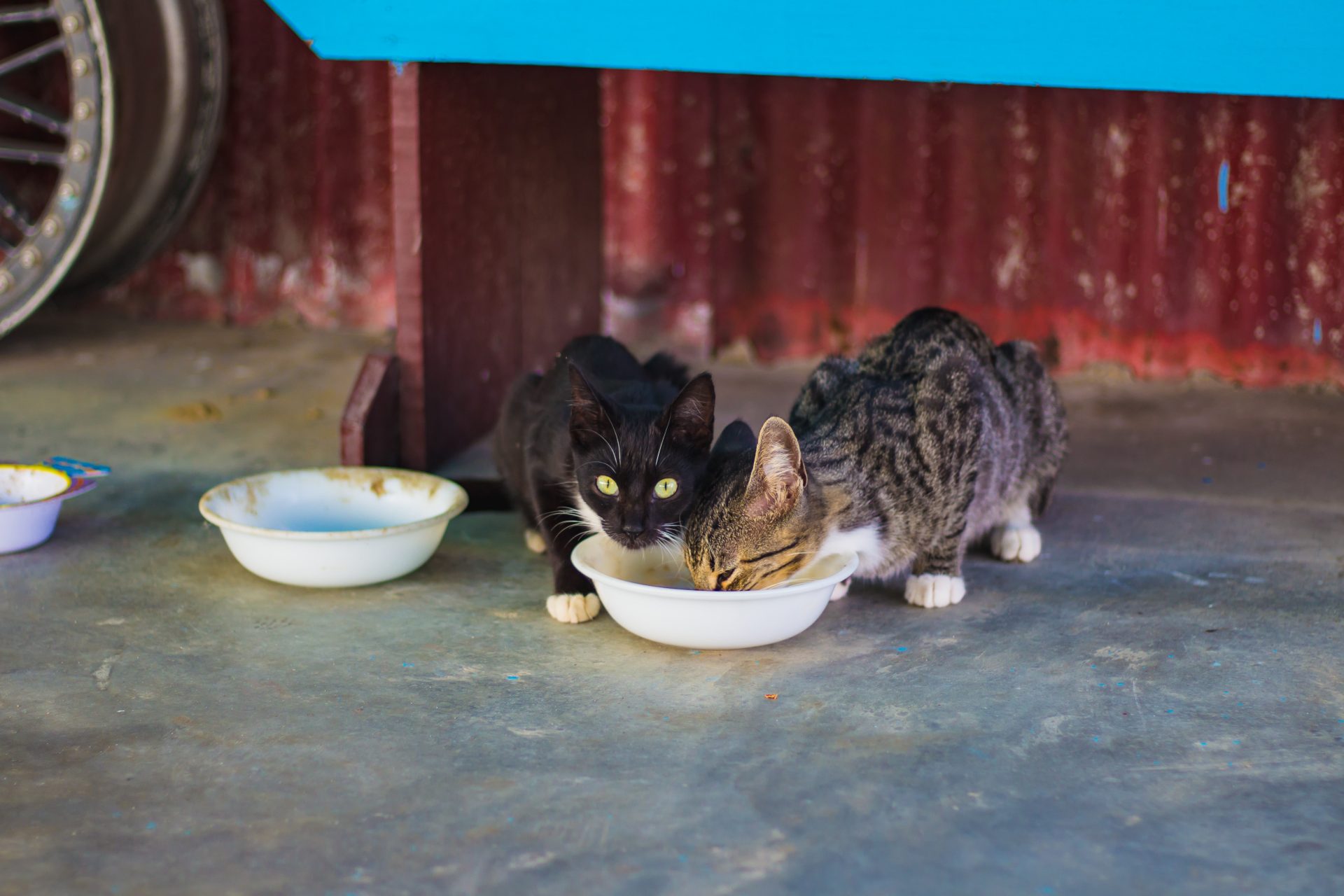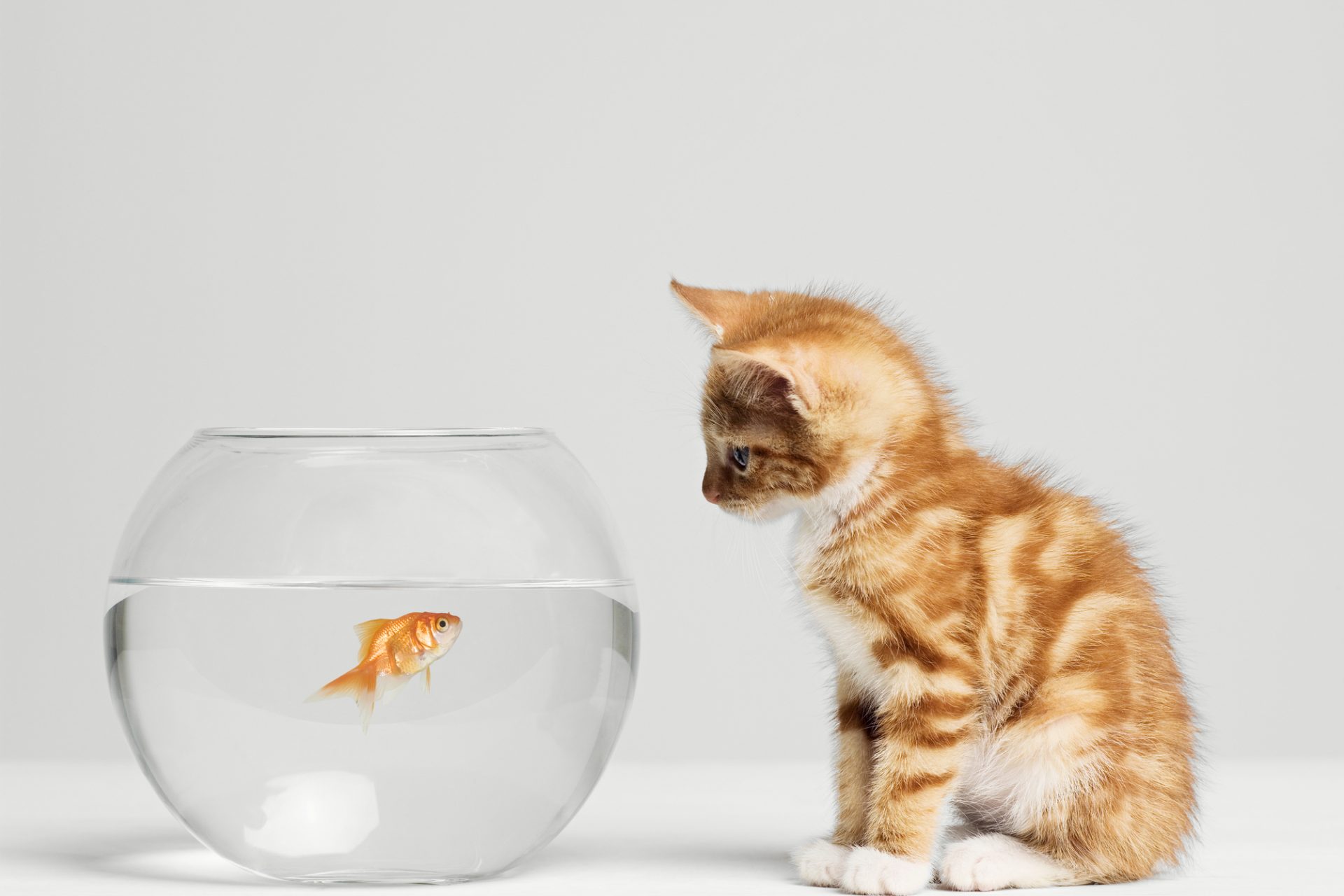Cats absolutely love tuna and scientists just figured out why
Cats are some of the world’s biggest fish lovers and among their favorite choice of filets, you find the humble tuna, an odd selection that scientists have never really understood, at least until now. Researchers finally think they know why cats absolutely adore tuna.
How and when cats developed a taste for fish is not something that’s well-understood in the scientific community but we do know from ancient Egyptian artwork that cats already had a taste for fish in 1500 BCE according to Washington University’s Fiona Marshall.
Photo Credit: Unsplash by Juan Manuel Sanchez
Now, a new study published in Chemical Senses has shed light on why cats love to eat fish and it has to do with their taste buds. It turns out that much like humans, cats have the receptors required to detect umami and it may cause them to seek out the flavor.
Photo Credit: Unsplash by Tran Mau Tri Tam
If you’ve never heard of umami, that's okay. It’s not very difficult to understand. Umami is the savory, deep flavor of meats according to the publication Science, and it’s one of the five basic tastes that make up our palettes along with salty, sweet, sour, and bitter.
Photo Credit: Unsplash by Abeer Zaki
Interestingly, it turns out that cats might not only be able to taste umami but it’s probably the primary thing that they seek out when hunting for food. But, more importantly, cats seem to have taste receptors that are uniquely tuned to certain molecules found in tuna in very high concentrations.
Photo Credit: Unsplash by Wren Meinberg
Cats have quite a unique palate according to Science. Our feline friends do not have the essential proteins required to detect sweet things so they can’t taste sugar. Cats also have fewer bitter taste receptors than humans do which is a trait common in carnivores.
Photo Credit: Unsplash by Ludemeula Fernandes
Understanding what cats taste has been a mystery among researchers and that was the question researcher Scott McGrane was attempting to answer when he biopsied a piece of cat tongue with his colleagues in order to better understand the feline taste bud.
Photo Credit: Unsplash by Eric Han
McGrane is a flavor scientist and a research manager for the sensory science team at the Waltham Petcare Science Institute, an organization owned by the pet food maker Mars Petcare according to Science—and he made some very groundbreaking discoveries about cats and their taste preferences.
Photo Credit: Unsplash by Đồng Phục Hải Triều
Genetic sequencing of the cat tongue McGrane and his team took biopsied revealed that feline tastebuds can express two genes—Tas1r1 and Tas1r3—which led the researchers to conclude that cats had everything they needed in order to taste umami.
Photo Credit: Unsplash by Shubhankar Sharma
However, when McGrane and his fellow researchers compared the proteins sequenced by these genes between humans and cats they found that there were some problems. It appeared as if certain amino acids present in humans were muted in cats.
Photo Credit: Unsplash by Raoul Droog
“I began thinking, maybe cats can’t taste umami,” McGrane explained according to Science. In order to figure out what was going on, the researchers engineered cells that produced cat umami receptors on their surface and tested them with a variety of nucleotides and amino acids.
Photo Credit: Unsplash by Manja Vitolic
What they discovered was that the amino acids bound to taste receptors in human cells while the nucleotides enhanced the response. However, in cat cells, the effect was reversed. Nucleotides activated cat taste receptors while the amino acids amplified the response.
Photo Credit: Unsplash by Mikhail Vasilyev
“That’s the exact opposite of what we see in people,” McGrane explained, and in a final experiment, the researchers introduced bowls of water to 25 cats with varying levels of nucleotides and amino acids to see which the cats preferred.
Photo Credit: Unsplash by Yerlin Matu
Every cat showed a very strong preference for the bowls of water that contained heavy amounts of molecules that were found in foods rich with the umami flavor, which led the researchers to conclude that the flavor most likely played an important role in feline food preferences.
Photo Credit: Unsplash by Carolien van Oijen
Where things get interesting is in the other bowls of water the cats preferred. One of the options was a bowl of water rich in histidine and inosine monophosphate, two molecules that are found in tuna in very high quantities according to Science.
Photo Credit: Unsplash by Bonnie Kittle
“It was one of the most preferred combinations,” McGrane said. “It really seems to hit that umami sweet spot,” he added. This goes a long way in explaining why cats love to eat tuna. But there’s still a lot of work that needs to be done according to McGrane.
Photo Credit: Unsplash by Michael Sum
“We’re at a starting point—it’s not a finished story,” McGrane explained. “But all of this work is building up to our basic understanding of what it means to be a cat.”
Photo Credit: Unsplash by Roberto Huczek
More for you
Top Stories





